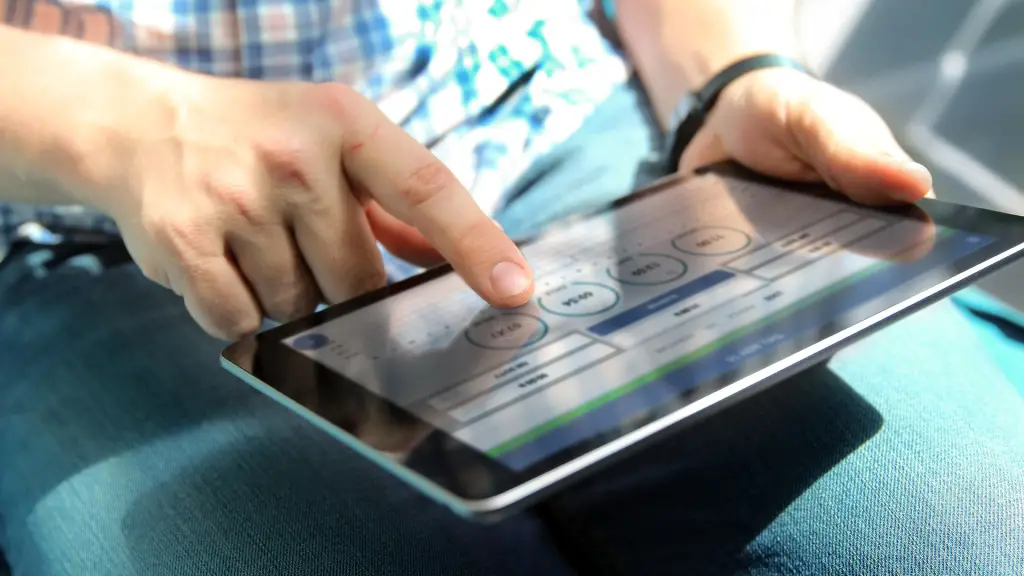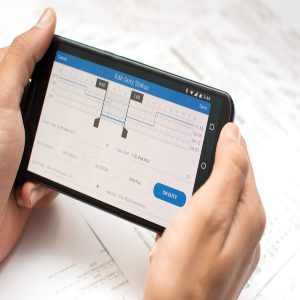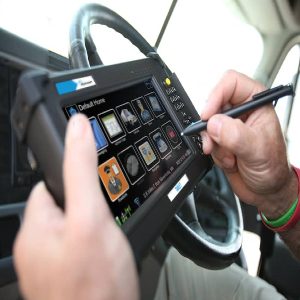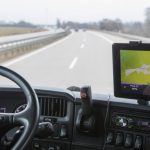
Over recent years, a rule has been established that requires drivers to record the hours they spend on service. Over the past years, a paper log was the mean for recording the hours. However, now ELDs have taken their place and replaced those paper logs. ELD, electronic logging device, is a technological device that records the hours the driver spends driving the vehicle.
It not only records the driving time of the driver but also records in other aspects of the vehicle. This technology has made record-keeping much easier and accurate. This technology requires the driver to act upon the FMCSA regulations.
The difference between ELD, EOBR, and AOBRD
EOBR devices, also known as electronic on board recorder, are the devices that are used to record the hours for which a commercial vehicle is being driven. This technology was introduced to regulate the number of hours a commercial driver dedicates to service and rest. The hours of service were recorded in order to minimize the number of road accidents taking place due to the sleep deprivation of drivers on service.
The introduction of EOBRs made the process of recording data more accurate. The old method of keeping data on paper was prone to human errors and was also time-consuming. Due to the vast use of EOBRs, the roads have become much safer, and roadside inspections have now become smoother.
And what is an AOBRD? AOBRD equipment is the obsolete version of the latest ELDR devices. AOBRD, an automatic on-board recording device is the electronic gadget that records the hours spent by the driver on the vehicle.
ELD vs. AOBRD
 The ELDS are the updated version of AOBRDS. They come with internal synchronization that is more organized and defined than the AOBRDs.
The ELDS are the updated version of AOBRDS. They come with internal synchronization that is more organized and defined than the AOBRDs.- The ELD has the coordination to the Universal Coordinated Time and comes with better resistance in order to avoid tampering in contrast with the AOBRD.
- ELD comes with an automatic driver on-duty status, which shows negative when the vehicle stops for more than five minutes, and the driver fails to respond to the ELD device. This feature was not found in the AOBRD.
- ELD provides the warning of the time and miles not assigned to the driver when he logs in the vehicle. This feature was missing in the AOBRD requirements.
- Unlike the AOBRD, the ELD device tracks the location status of the vehicle during every 60 minutes when the vehicle is in motion and also when there is a change in a duty status.
EOBR vs. ELD
- According to a change in terminology concerning EOBRs, the EOBR was replaced with ELDs. For a device to be regarded as ELD, it had to meet certain requirements that were outlined officially. This can be identified by the fact that not all vehicles have tracking devices that are known and recognized as ELDs.
- ELDs and EOBRs can track the number of different metrics. The data recorded by the devices depends on the vehicle and the service that the driver is doing using that specific vehicle.
Data collected by ELD
The ELD equipment collects a variety of data and stores it in the system. The data includes a list of metrics that include:
- The GPS data. This shows the location of the vehicle and where exactly the driver is taking the vehicle.
- It collects the data concerning the fuel being consumed by the vehicle. This information is then checked for the fuel tax reporting and whether it is compliant to the International Fuel Tax Agreement.
- The ELD equipment also collects the information about the driver and vehicle inspection report.
- It records the time at an interval of every 60 minutes.
- It can easily retain the data without any risk of misuse or tampering.
- It has access to all the data issued by law enforcement officials.
The data collected by ELD is utilized by the Federal Motor Carrier Safety Administration. The ELD restricted the number of hours of service (HOS) the driver gave. This was to reduce the number of road accidents and make the roads safer for everyone. The data collected by ELD is used to charge drivers with fine who drive the vehicle over the time limit.
Use of ELDs
 ELD is used to prevent the drivers from violating any other traffic and road safety rules. The ELDs can be used for different purposes. For example, the companies controlling transportation can check for the performance of engines. The performance of the engine is judged by the speed of the vehicle, the amount of fuel it consumes, torque, etc.
ELD is used to prevent the drivers from violating any other traffic and road safety rules. The ELDs can be used for different purposes. For example, the companies controlling transportation can check for the performance of engines. The performance of the engine is judged by the speed of the vehicle, the amount of fuel it consumes, torque, etc.
The ELDs have greatly been used to reveal the reckless drivers that contribute greatly to road accidents. It is also to restrict the activity of the driver using the vehicle as some drivers use commercial vehicles for personal errands. Activities of such nature minimize the hours of service and increase the hours of use.
Must-have features in ELD
According to the rules, there are certain features that ELD must follow in order to function properly. This includes the following:
- The ELD should be able to send the data recorded to the designated authorities through wireless connections, USB or Bluetooth so that they can review it.
- The ELD device has different modes for drivers. This includes the on duty and off duty mode. The driver should update the mode so that the device verifies it by evaluating the movement of the vehicle.
- ELD should be connected to the engine of the vehicle. This to record the data of the engine and display in graphical form for the record
- The ELD device should inform the driver about the necessary documents he should carry with the vehicle.
The final word
ELDs have been a great revolution in terms of reduction in traffic incidents and decreasing road hazards. It has also made the process of recording data concerning vehicle much simpler and freer from human error. It is a positive initiative for drivers who were discouraged by companies due to incomplete records. The ELD technology makes sure that the data is not tampered and changed without the clear mention of who changed the data.




